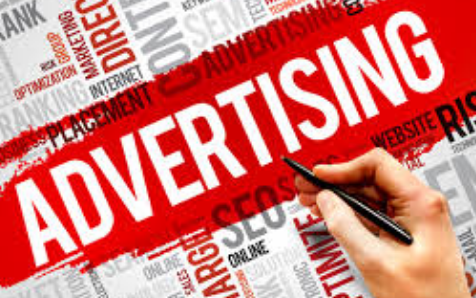NEW ADVERTISEMENT ERA
You may have heard the term "product placement" used in the context of movies and television. In this modern environment of commercial skipping and ad blindness, product placement is quickly becoming a huge way for brands to reach their target audience in subtle ways. But what exactly is product placement, how does it work, and what impact will it have on the future of advertising?
Product Placement Definition
Product placement is the promotion of branded goods and services within the context of a show or movie (or even personal videos) rather than as an explicit advertisement. When you see a product or service appear in a TV show, or in a motion picture, the company behind it has usually paid for their brand to appear on screen or on the radio. Also known as embedded marketing or advertising, the practice has been around for decades, but marketers have become much more sophisticated in the ways they use it. Once a very obvious form of sponsorship, product placement can now fly under the radar. You may barely notice that every single car used in the movie or show was from only one automaker. Or that everyone in a TV show drinks the same brand of soda.
Product Placement in Television
There has also been some product placement in daytime television shows, with game shows relying on heavy product placement. Soap operas are placing products into the plot lines too, and they are not subtle. And then there are top-rated shows doing the same but in a much smarter way.
Product Placement in Social Media
As the advertising landscape has shifted dramatically to social platforms like YouTube, Facebook, Twitter, and Instagram, brands are using these channels for product placement opportunities. For example, YouTubers with millions of followers will happily wear branded clothing, or use branded items, to spread the word about that product to their fans. TV shows and movies will also tap "social influencers" to grab this new audience through a much different medium than TV and movies.
Overall, product placement it here to stay. If done well, it adds realism to a show or movie, because we all use these products in our daily lives. Covering brand names with duct tape doesn't help. But when it's too obvious, it might be irritating.

